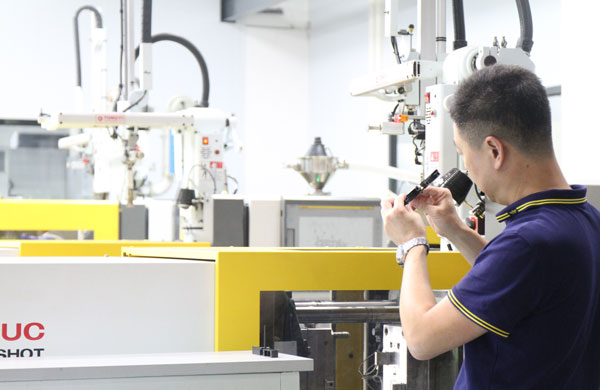Warpage and deformation of injection-molded products pose significant challenges. Primarily, mold design optimization is key, while adjustments to molding conditions offer limited improvements. Below, we delve into the causes of warpage and deformation and effective strategies to address them:
Residual Stress Deformation Induced by Molding Conditions:
When products deform due to residual stress during the molding process, a series of measures can be taken to mitigate this issue. Reducing injection pressure enhances the stability of the molding process; meanwhile, ensuring uniform mold temperature distribution and appropriately increasing resin temperature help reduce internal stress. Additionally, for specific cases, annealing treatment is also an effective means of eliminating stress.

Stress Deformation Caused by Difficult Demolding:
Difficult demolding is often another major culprit causing deformation. To improve this situation, increasing the number of ejector pins or expanding their contact area, as well as cleverly setting demolding tapers, are all effective solutions that can effectively reduce resistance and stress accumulation during demolding.
Deformation Caused by Uneven Cooling:
Improper handling of the cooling process, such as uneven cooling or insufficient time, can also lead to product deformation. To address this, the cooling method should be finely adjusted to ensure sufficient cooling time. In particular, it is recommended to arrange cooling circuits near areas prone to deformation to achieve more precise temperature control, thereby reducing the risk of deformation.
Deformation Challenges Arising from Molding Shrinkage:
For deformation caused by molding shrinkage, the fundamental solution lies in optimizing mold design. The primary principle is to ensure consistent product wall thickness, which is the foundation for preventing deformation. When necessary, precise measurement of product deformation and reverse adjustment of the mold based on the measurement results are even required to achieve correction. It is worth noting that crystalline resins (such as polyoxymethylene, nylon, polypropylene, polyethylene, and PET) have higher shrinkage rates and greater deformation tendencies compared to non-crystalline resins (such as PMMA, polyvinyl chloride, polystyrene, ABS, and AS). Furthermore, glass fiber-reinforced resins also face significant deformation challenges due to their fiber orientation.
Through the above detailed analysis and targeted strategies, we hope to help you better address warpage and deformation issues in injection molding, thereby improving product quality and optimizing production efficiency.